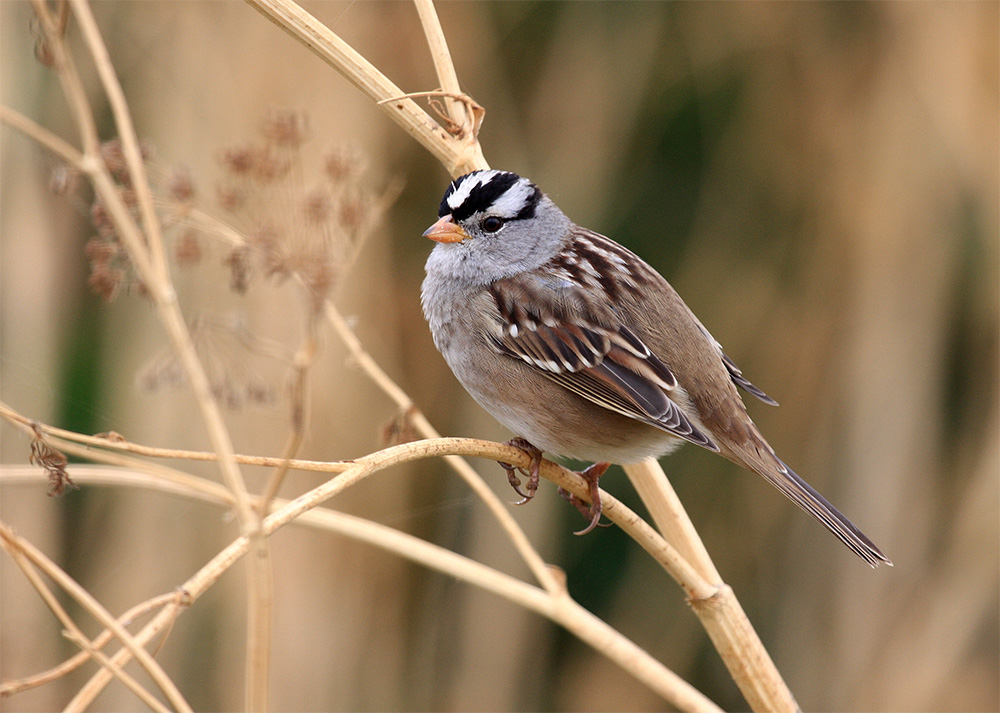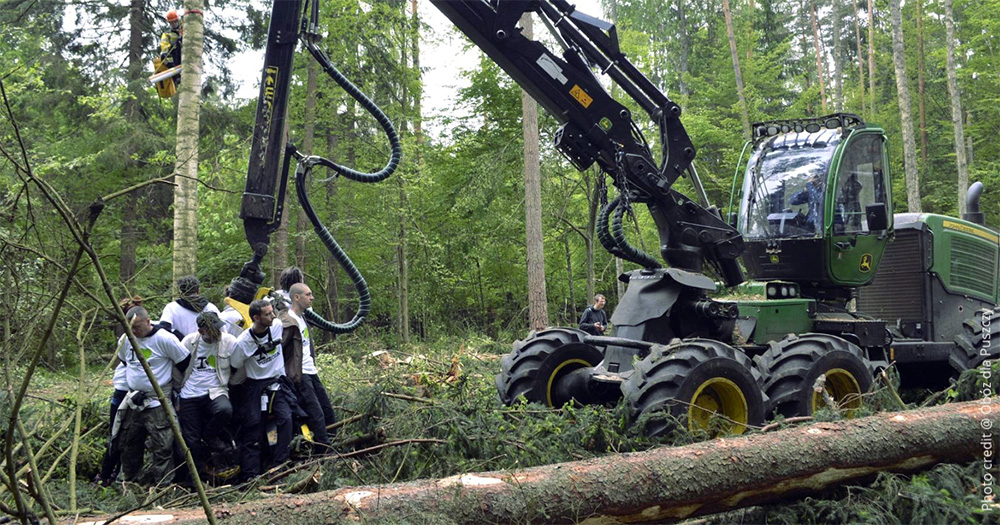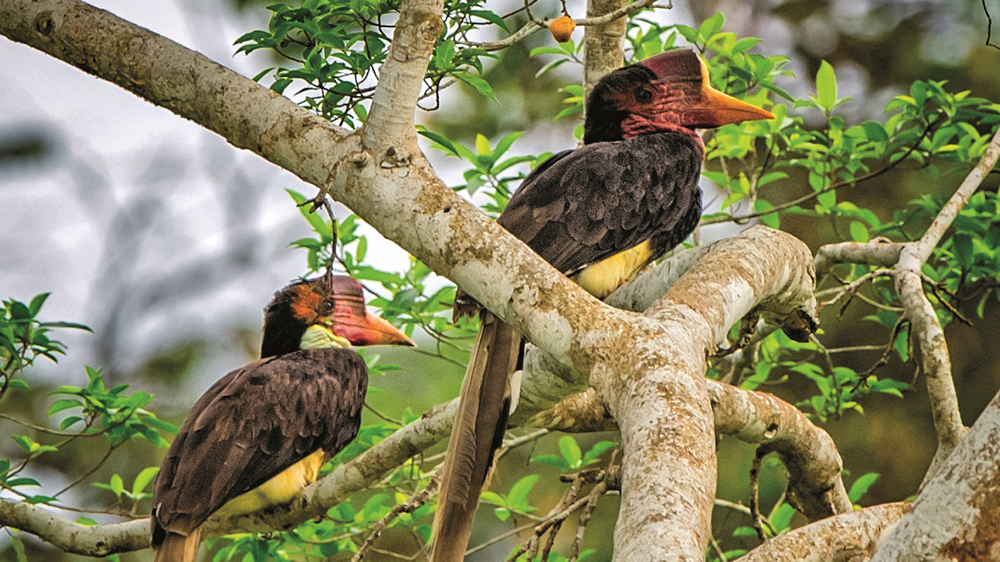May 19, 2025
UNOC 3 Position Paper
Read our position paper on The 3rd United Nations Ocean Conference (UNOC 3) to see why we're attending and what we aim to accomplish!
We use cookies to help you navigate efficiently and perform certain functions. You will find detailed information about all cookies under each consent category below.
The cookies that are categorized as "Necessary" are stored on your browser as they are essential for enabling the basic functionalities of the site. ...
Necessary cookies are required to enable the basic features of this site, such as providing secure log-in or adjusting your consent preferences. These cookies do not store any personally identifiable data.
Functional cookies help perform certain functionalities like sharing the content of the website on social media platforms, collecting feedback, and other third-party features.
Analytical cookies are used to understand how visitors interact with the website. These cookies help provide information on metrics such as the number of visitors, bounce rate, traffic source, etc.
Performance cookies are used to understand and analyze the key performance indexes of the website which helps in delivering a better user experience for the visitors.
Advertisement cookies are used to provide visitors with customized advertisements based on the pages you visited previously and to analyze the effectiveness of the ad campaigns.

By: Margaret Sessa-Hawkins
Sometimes it’s easy to see what’s harming birds – especially if it’s in your backyard. The cat with a bird between its teeth, or the tragic pile of feathers by the side of the motorway. But the bigger threats are less visual and less direct.
This doesn’t make them any less urgent. Our latest report, State of the World’s Birds 2018, found that one in eight birds is in danger of extinction, and 40% of the world’s 10,000+ species are declining. Worryingly, the birds in danger now include familiar species such as the Atlantic Puffin Fratercula arctica, Snowy Owl Bubo scandiacus and European Turtle-dove Streptopelia turtur. The chief driving forces are, as the paper’s editor-in-chief Tris Allinson said, “invariably of humanity’s making”. But that also means we can strive to reverse them.

The problem: More than a third of the earth’s land surface is dedicated to agriculture. We often think of farmland as an idyllic, natural landscape; but the expansion and intensification of farming impacts a massive 74% of globally threatened birds. Not only does it destroy much-needed habitats, especially in tropical regions, but some pesticides are poisonous to birds. A recent study from the USA found that migrating White-crowned Sparrows Zonotrichia leucophrys exposed to a class of pesticide known as neonicotinoids lost a quarter of their body mass and fat stores.
The solution: Luckily, it is possible to farm in a way that is sustainable and compatible with nature, while still earning a good livelihood. For example, BirdLife Cambodia works with IBIS rice, a non-profit organization which helps local farmers to grow wildlife-friendly organic jasmine rice. In exchange for not using pesticides or herbicides, and refraining from hunting or logging, farmers receive a premium price for their produce.

The Problem: Since nearly two-thirds of species are found in forests, logging is a huge problem for birds. Many of these species cannot live outside of forests, and are unable to fly between remaining fragments. Logging is driven by a global demand for timber, paper and land on which to grow commodity crops and biofuels.
The solution: BirdLife is working hard to reverse this trend. We’re part of the ambitious Trillion Trees partnership to plant, protect and restore a trillion trees by 2050. We also coordinate the Asia-Pacific Forest Governance Project, which uses a mobile phone app to empower local people to monitor and manage their own rainforest.

The Problem: We’ve all heard of invasive species, but few people realize how harmful they are to birds. Over the last half-century, interlopers such as rats and mice have been responsible for more than 70% of bird extinctions. Birds on remote islands are especially susceptible to this threat, as they evolved with few natural predators.
The Solution: BirdLife has identified 88 islands around the globe where highly threatened native bird species are in danger from invasive mammals. If eradications on these islands are all successful, roughly 55 globally threatened bird species could be protected. And we’re already getting started with species such as the Rapa Fruit Dove Ptilinopus huttoni on Rapa Iti and the Micronesian Scrubfowl Megapodius laperouse on Kayangel Atoll.

The Problem: The illegal hunting and capturing of birds can cause huge population plummets in a short space of time. One of the most harrowing examples is the Helmeted Hornbill Rhinoplax vigil. In 2015, this spectacular bird went from being listed as Near Threatened to Critically Endangered after hunters began targeting it for its highly sought-after solid “Red Ivory” casque.
The solution: One of the main ways to curb this danger is to change the law – or strengthen existing ones. Currently, 155 bird species are protected by CITES, the illegal wildlife trade convention. Several BirdLife partners are also working to prevent illegal hunting in their country. In Italy, Protezione Uccelli are using drones to survey illegal bird trapping. In Brazil, undercover agents infiltrated trading networks to stop the capture of the Lear’s Macaw Anodorhynchus leari (Endangered).

The Problem: So far, nearly a quarter of bird species studied globally have been negatively affected by climate change. Already, breeding and migratory cycles are changing. A recent study found that warmer UK springs are causing caterpillar numbers to spike earlier, meaning that by the time many bird chicks hatch, there are not enough caterpillars to go around.
The Solution: BirdLife’s Important Bird and Biodiversity Area network identifies vital natural areas that don’t just benefit birds. Many of these areas serve as carbon sinks, with trees and vegetation soaking up excess carbon in the atmosphere and helping to reduce the effects of climate change.
Featured photo: Laysan Albatross on Midway Atoll face predation by invasive mice. Credit: Gregg Howald/Island Conservation
Originally published by BirdLife International
Check out other journal entries we think you might be interested in.
Notifications